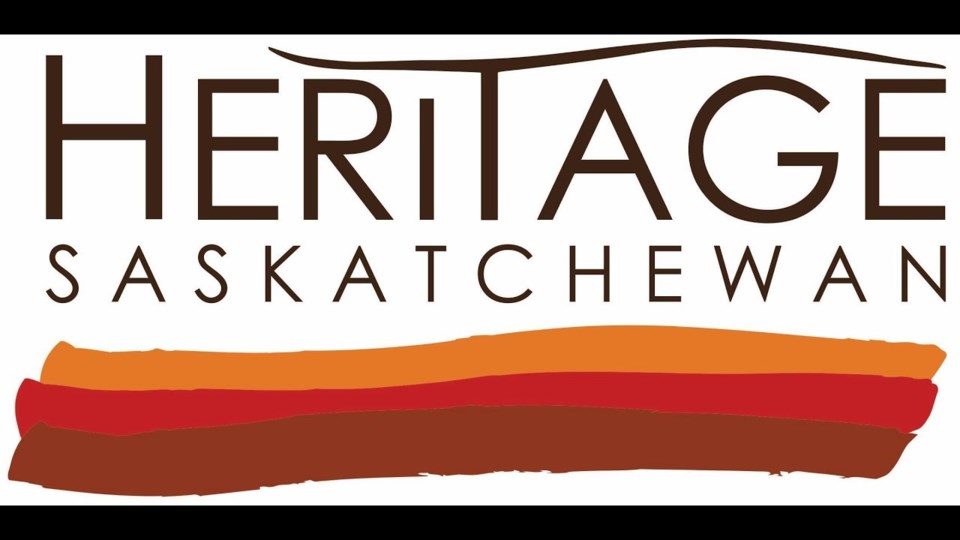After hosting its first-ever virtual provincial Heritage Fair last year, Heritage Saskatchewan was able to apply some lessons it learned from that event to this year’s second annual virtual fair.
The heritage organization released the list of award- and prize-winners on its website on June 17, along with a video of the online awards ceremony. This year, 353 students from 41 schools submitted 315 projects — individually and in groups — into the competition, compared to 346 students and 295 projects last year.
Two students from Moose Jaw claimed a couple of prizes for their contributions.
Grade 4 student Kai McGowan-Julien — who attends the Prairie South Virtual School — received the highest score for his grade for his project entitled “Strength and Determination,” about how an ancestor from Africa was captured in the slave trade. This project also placed fourth in the video presentation category.
Meanwhile, École Palliser Heights School Grade 8 student Alex Blondeau received the Saskatchewan Archaeology Society prize for their project entitled “The History of the Métis.”
The Moose Jaw Express will have a separate story about the two students' projects.
Katherine Gilks, outreach co-ordinator for Heritage Saskatchewan, thought this year’s virtual Heritage Fair went well, especially since the pandemic continued to cause disruptions in schools and forced some students to learn from home. She pointed out that participation numbers were slightly lower than in previous years, showing just how popular in-person fairs are.
“(Overall), we’re quite pleased,” she added.
A couple of lessons the organization learned from last year included giving students and schools a longer deadline to submit projects and organizing projects into different categories so judges could compare submissions produced as videos, essays, photos, audiobooks, or mixed non-video presentations, Gilks explained. Some of these changes allowed the organization to manage the fair more smoothly.
All the projects were great and reflected the vast history of Canada, she continued. While it was difficult to single out any one project, she noted that some of the award-winners stood out, such as a project about the Klondike Gold Rush.
Some classes submitted projects based on a theme, such as Canadian persons of colour throughout history, Gilks remarked. These people included well-known athletes, mid-20th century activists, and some from the distant past, along with individuals who required detailed explanations.
Organizing last year’s digital Heritage Fair gave Gilks the experience she needed to lead this year’s online event. It also showed Heritage Saskatchewan that there are benefits to keeping some aspects of the virtual fair when the live event returns since different skills are required for giving in-person talks compared to digital presentations.
“But it was unfortunate we were unable to have gatherings with in-person fairs; we definitely missed that interactive element with the students, judges and community members,” she said. “… but at the same time, it was nice to have the opportunity to figure out how we would improve our digital program and see the wonderful offerings many of the students did that wouldn’t have looked as good in-person, some of them.”
Along with returning to live fairs next year, Heritage Saskatchewan also plans to introduce a High School Heritage Challenge this fall, Gilks added. This would give students the chance to dig deeper into topics, explore more issues, conduct historical research and build a heritage community in their schools.
This fall’s High School Heritage Challenge will be online, but future challenges could be held in person.




